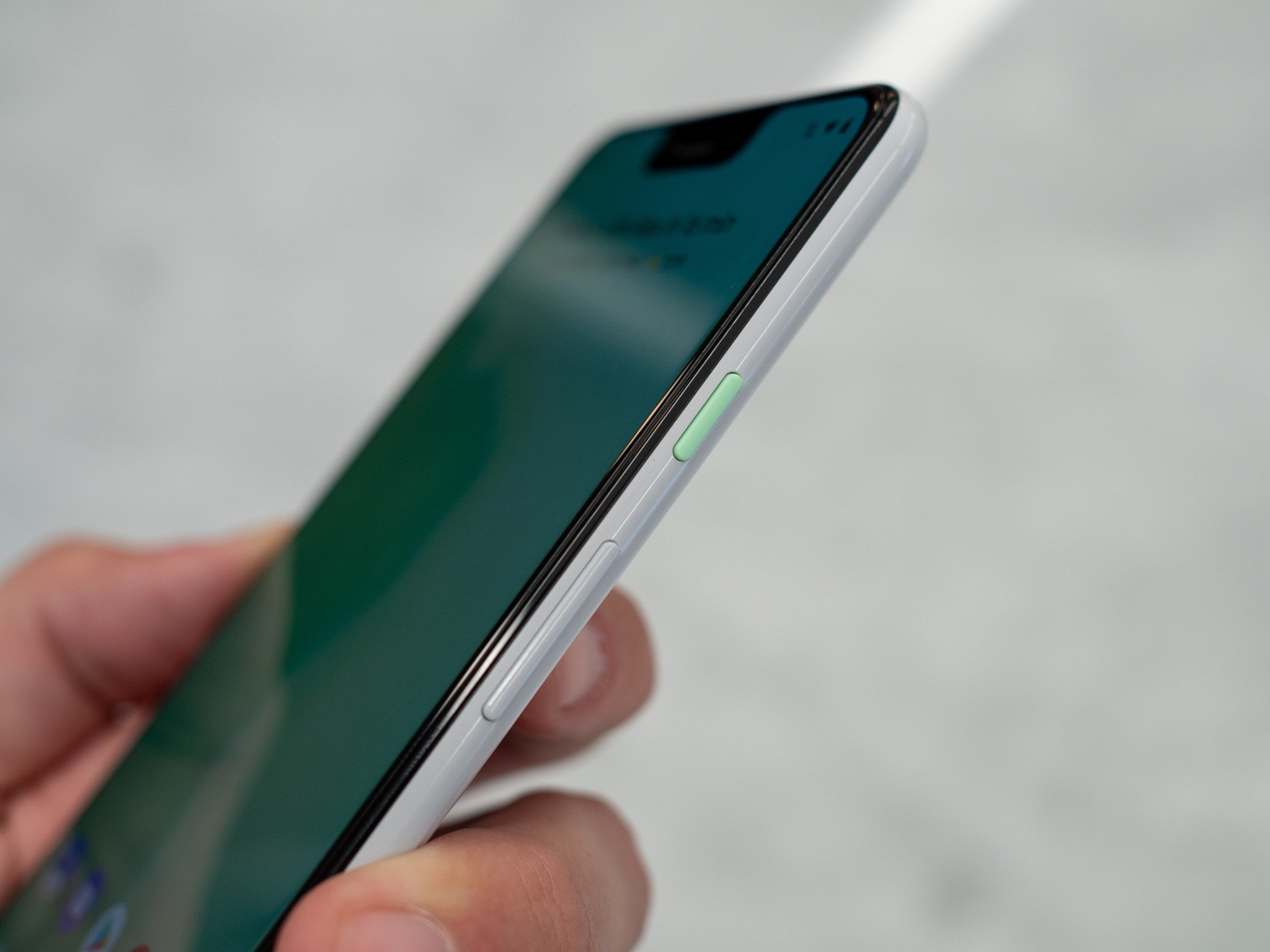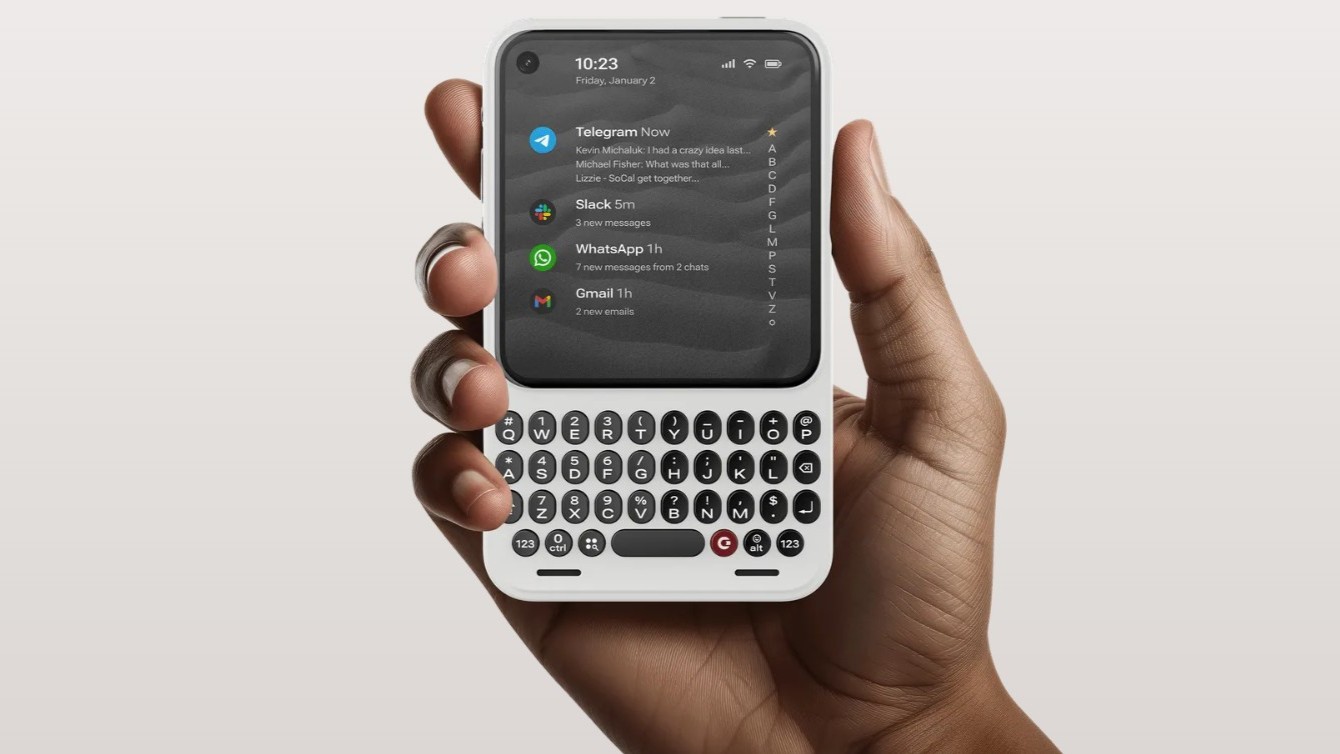The evolution of Android: Decades of transformation
It all started as an OS for your camera.
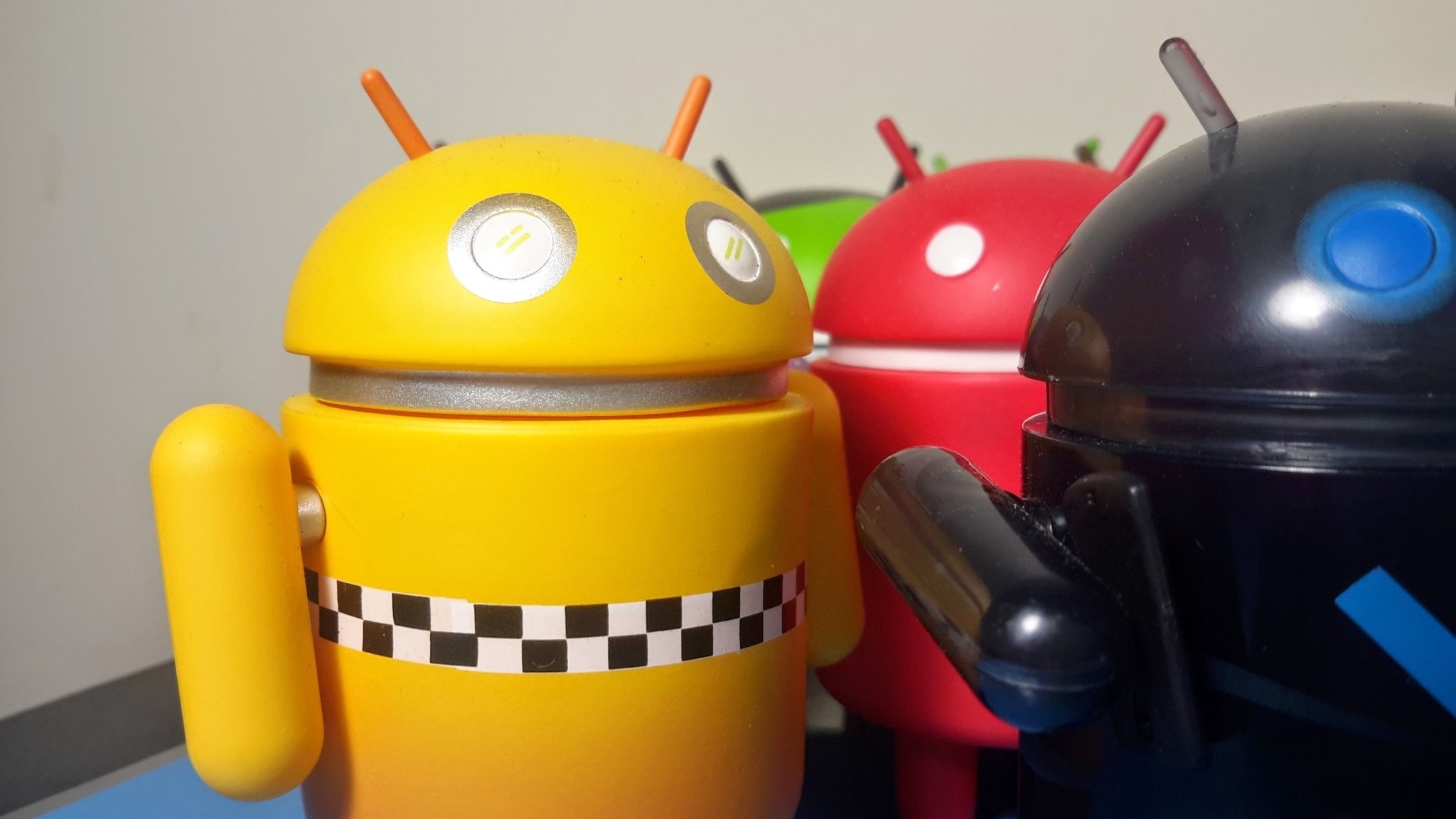
Android's journey from a budding startup's vision to the world's most ubiquitous mobile operating system is a testament to continuous innovation and adaptation. This profound transformation began even before its public debut, rooted in Google's strategic acquisition of Android Inc. in 2005.
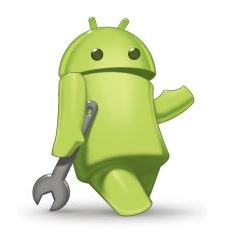
One of the web's longest-running tech columns, Android & Chill is your Saturday discussion of Android, Google, and all things tech.
Over the decades since that pivotal purchase, Android has not only mirrored but often dictated the rapid evolution of mobile technology, fundamentally reshaping how we interact with our digital world. Let's explore the significant changes in Android since Google's acquisition, focusing on the evolving relationship between devices and consumer demands, the inexorable rise of larger screens, and the groundbreaking advent of foldable phone technology.
The genesis and early days (2005-2014): How it all started
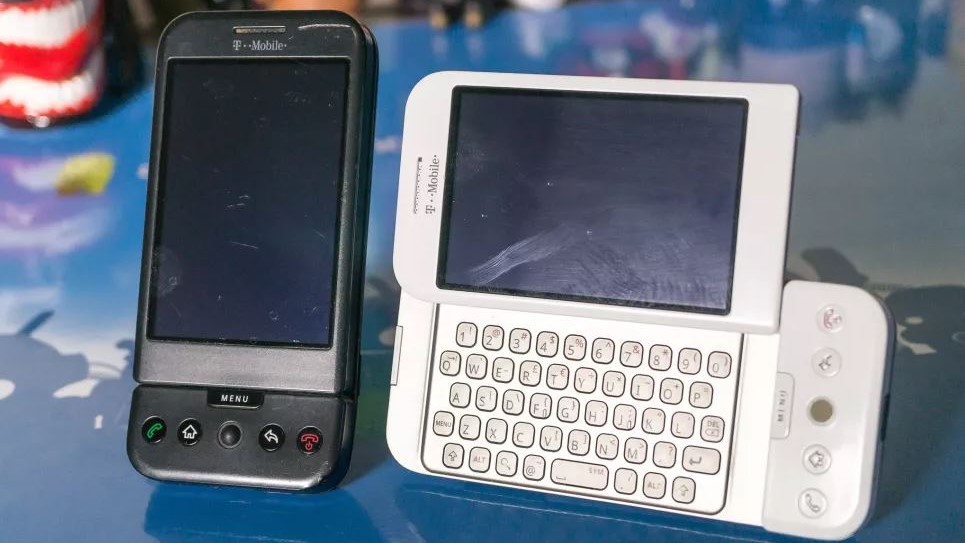
The story of modern Android truly begins in July 2005, when Google quietly acquired Android Inc., a small startup founded by Andy Rubin, Rich Miner, Nick Sears, and Chris White. July 11, 2005, is regarded by many as the official date when the Android team relocated to the Google campus and became part of the Google team.
Initially, Android Inc. was developing an operating system for digital cameras, but Google quickly pivoted its focus towards the burgeoning smartphone market, recognizing the immense potential. This acquisition laid the foundation for Google's entry into mobile software, setting the stage for a revolution.
The first commercially available Android device, the HTC Dream (T-Mobile G1), launched in October 2008. At this time, smartphones were still a niche, dominated by BlackBerry. Early Android phones were characterized by physical keyboards, small resistive touchscreens (typically around 3.2 inches), and a focus on basic internet browsing, email, and communication. Consumer needs were relatively simple: a reliable device for calls, texts, some basic web access, and a handful of apps.
Android's open-source nature quickly attracted developers, leading to a rapid expansion of the app ecosystem. By the early 2010s, Android had begun its meteoric rise, with devices like the Motorola Droid and Samsung Galaxy S series pushing touchscreen-only designs and incrementally larger displays (around 4-5 inches), signing the death certificate for physical keyboards.
Growing pains (2015-2017): Refinement and the rise of the big screen
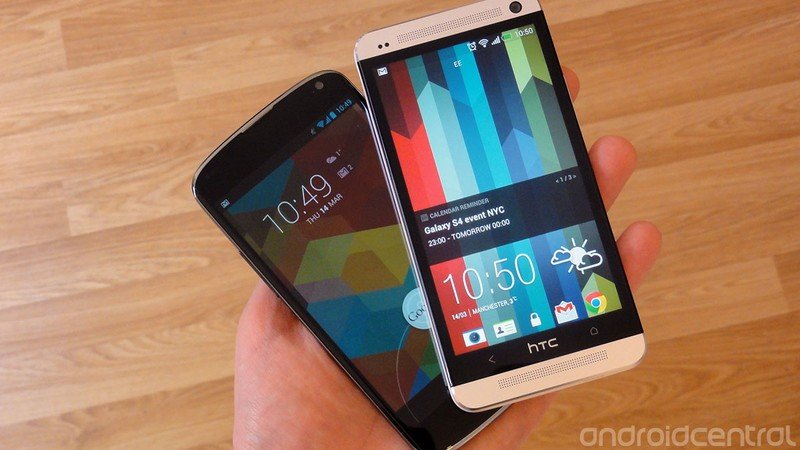
By 2015, Android was a mostly mature and dominant platform, having surpassed its competitors in market share. Devices were becoming sleeker, and screen sizes had settled into a comfortable range, typically between 5 and 5.5 inches. The "phablet" category, once a novelty, was starting to influence mainstream design, with devices like the Nexus 6P and Galaxy Note series pushing the upper limits. Consumer needs at this time revolved around reliable app performance, improved battery life, and access to a rapidly expanding and increasingly sophisticated app ecosystem for communication, social media, entertainment, and basic productivity.
Get the latest news from Android Central, your trusted companion in the world of Android
Android's strength continued to be its open-source nature, fostering diverse hardware options from numerous manufacturers, which in turn catered to a wide range of budgets and preferences.
This period saw the solidification of core Android features, the refinement of Material Design for a more cohesive user interface, and significant improvements in camera technology. As users consumed more media, played more graphically intensive games, and engaged with more complex apps, the desire for slightly larger and more vibrant viewing areas began to subtly emerge, pushing screen sizes incrementally upwards and setting the stage for the next wave of innovation.
The era of edge-to-edge displays (2018-2020): Maximizing screen real estate
The years between 2018 and 2020 marked a pivotal shift towards truly expansive, edge-to-edge screens. Manufacturers, driven by consumer demand for more immersive content consumption and enhanced multitasking capabilities, began to minimize bezels aggressively. Innovations like the "notch," "punch-hole," and later under-display camera designs became common, pushing displays closer to the very edges of the device.
Screens grew significantly, with 6-inch and even 6.5-inch displays becoming standard, often in taller, narrower aspect ratios that made them more comfortable to hold despite their increased diagonal size.
Consumer needs evolved beyond basic functionality. Users now expected powerful multi-lens cameras capable of computational photography, robust performance for demanding games and applications, and intelligent features powered by on-device AI (although AI didn't quite mean what it means today).
Android responded with improvements in camera APIs, enhanced notification management, and deeper integration of Google Assistant. The larger, more immersive screens facilitated better split-screen multitasking and provided a superior canvas for media, gaming, and productivity apps, cementing the idea that a bigger display offered a more premium and functional experience.
This period also saw a greater emphasis on software updates, security patches, and privacy controls, as smartphones became increasingly central to users' personal and professional lives.
The foldable frontier (2021-Present): A new form factor
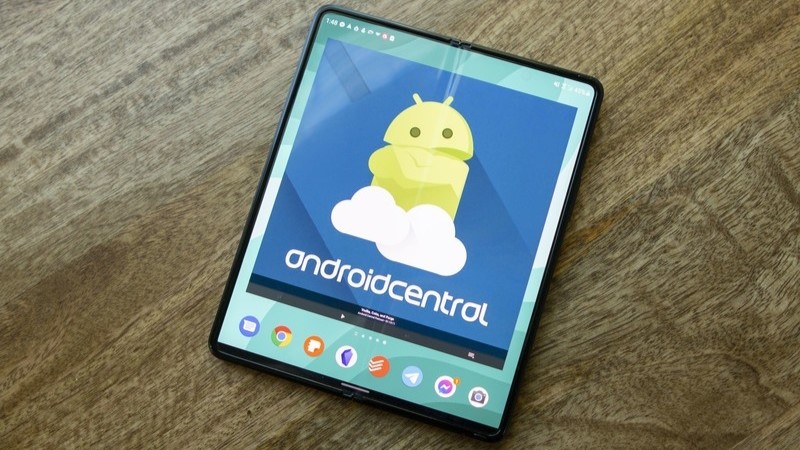
The most radical change in Android's recent history has been the introduction and maturation of foldable phones, beginning around 2019 but gaining significant traction and refinement from 2021 onwards. Devices like the Samsung Galaxy Z Fold and Z Flip series, along with offerings from other manufacturers such as Google's Pixel Fold, shattered the traditional smartphone form factor. These devices directly addressed the desire for even larger screen real estate, offering a tablet-sized display when unfolded, while maintaining a pocketable form factor when closed.
This innovation necessitated significant adaptations within Android itself. Google introduced specific optimizations for large screens, improved app continuity (seamless transitions between folded and unfolded states), and enhanced multitasking features tailored for the expansive inner displays, including better drag-and-drop and multi-window support. Consumer needs now include not just a large screen, but a versatile screen that can adapt to different use cases – from a compact phone to a mini-tablet, and even a laptop-like experience with external accessories.
Beyond foldables, the trend of large screens continued in traditional slab phones, with premium models routinely sporting displays well over 6.7 inches, often with high refresh rates for smoother scrolling and animations. Privacy and security have also become paramount consumer concerns, leading to more granular permission controls and transparency features within Android.
The platform continues to evolve, focusing on seamless connectivity, deeper integration with other devices (like wearables and smart home devices), and a more personalized, intelligent user experience, all while pushing the boundaries of hardware innovation with the foldable form factor leading the charge.
Evolving Android
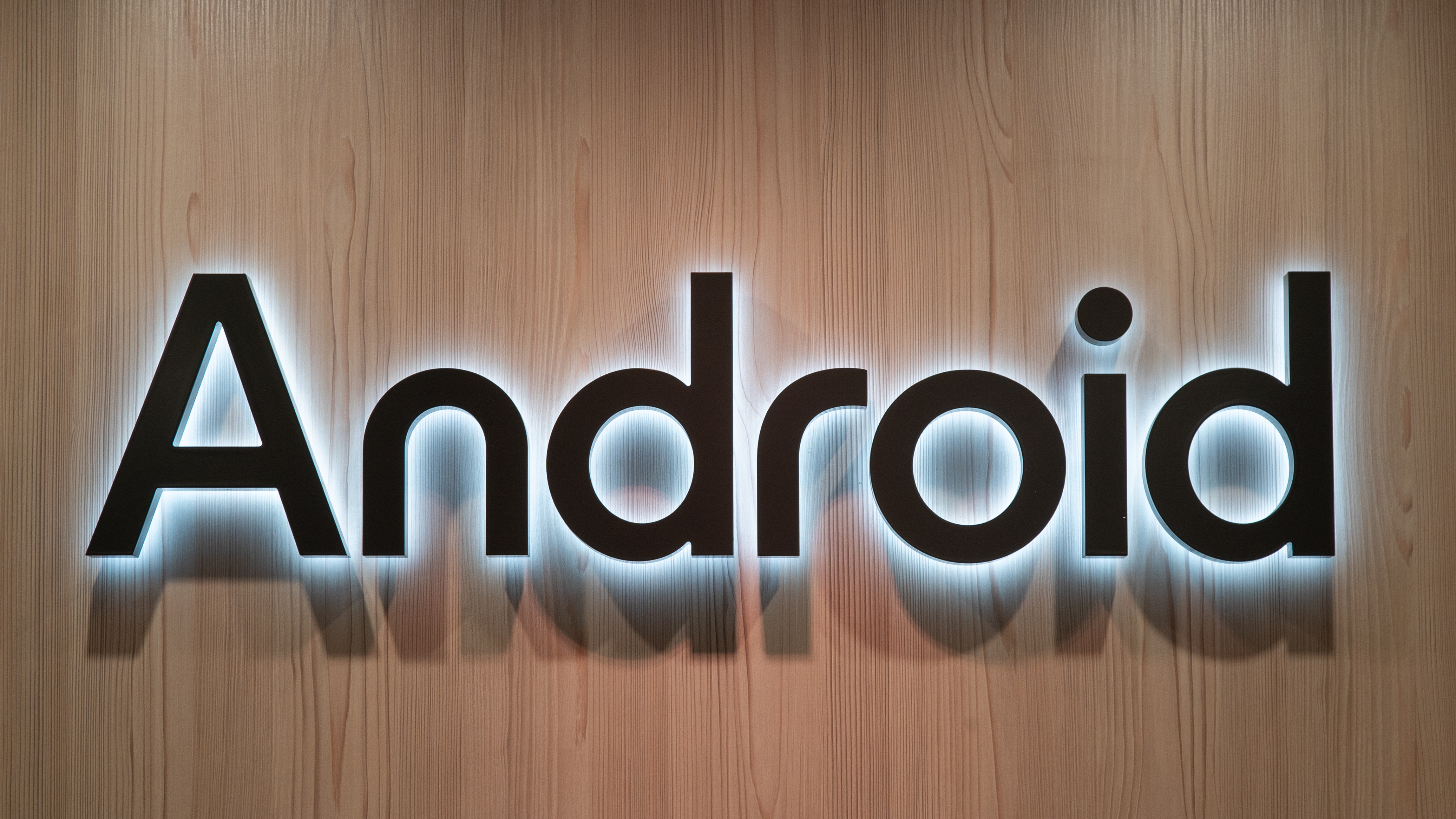
Since Google's foresightful acquisition of Android Inc. in 2005, the Android ecosystem has undergone a remarkable and ongoing transformation. From its initial focus on basic smartphone functionality and device diversity, it has evolved into a sophisticated operating system that embraces cutting-edge hardware, particularly in the realm of screen technology.
The journey from compact phones to ubiquitous large displays, and finally to the revolutionary concept of foldables, perfectly illustrates Android's adaptability and its unwavering commitment to meeting and anticipating consumer needs.
As we look ahead, Android's trajectory suggests a continued push towards more immersive, versatile, and intelligent mobile experiences, with the foldable form factor likely playing an increasingly significant role in defining the future of personal computing, all built upon the foundation laid by that crucial acquisition decades ago.

Jerry is an amateur woodworker and struggling shade tree mechanic. There's nothing he can't take apart, but many things he can't reassemble. You'll find him writing and speaking his loud opinion on Android Central and occasionally on Threads.
You must confirm your public display name before commenting
Please logout and then login again, you will then be prompted to enter your display name.
